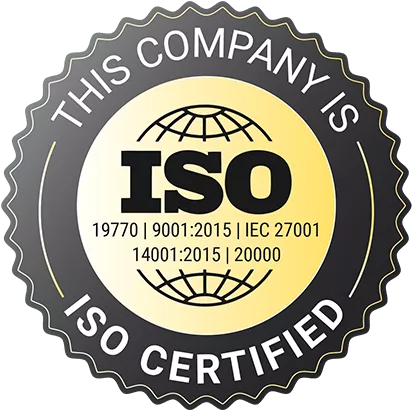Remote Desktop Services 2016 CALs: Everything you need to know
What are Remote Desktop Services 2016 CALs?
Remote Desktop Services 2016 Client Access Licenses (CALs) are critical to taking full advantage of Microsoft's powerful remote desktop services in 2016. Learn more about these important licenses.

The importance of Remote Desktop Services 2016 CALs
Think of CALs like tickets that grant you access to Microsoft's advanced remote desktop services in 2016. They allow users and devices to connect to these services.
Why do you need Remote Desktop Services 2016 CALs?
The use of Remote Desktop Services 2016 CALs is not only recommended but also necessary for a number of reasons:
Licensing compliance
Microsoft has clear rules for the use of its services. CALs ensure compliance with these regulations and help to avoid legal problems.
Security and data protection
With the right CALs, you can ensure the security of your connections and data, as only authorized users or devices can access them.
Flexibility and cost control
Remote Desktop Services 2016 CALs offer flexibility as you can purchase them for users or devices as required. This allows better control of costs.
The choice between User CAL and Device CAL
With Remote Desktop Services 2016 CALs, you have the choice between two options:
User CALs
User CALs are linked to individual users who can access Remote Desktop Services from different devices.
Device CALs
Device CALs are linked to specific devices from which multiple users can log in.

Summary of
Remote Desktop Services 2016 CALs are essential to take full advantage of Microsoft's enhanced services in 2016. They offer licensing compliance, security, flexibility and cost efficiency. Your choice between User CALs and Device CALs depends on your organization's requirements. Make sure your CALs are properly licensed to take full advantage of these services.















































